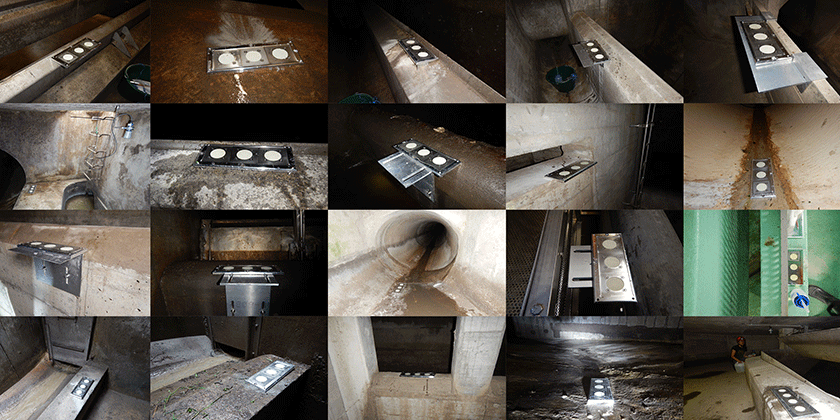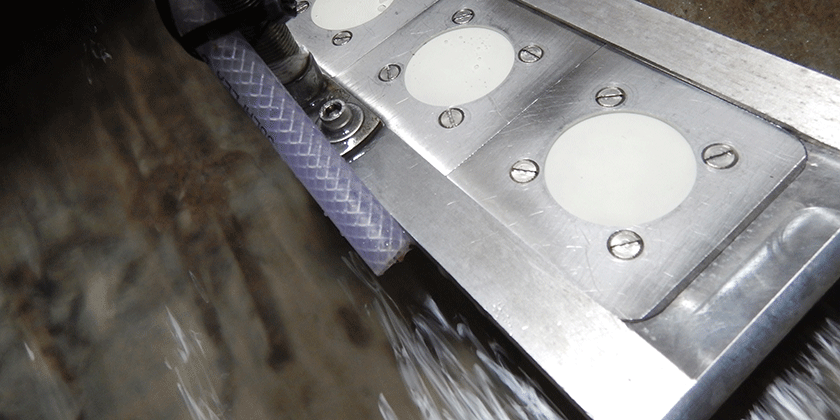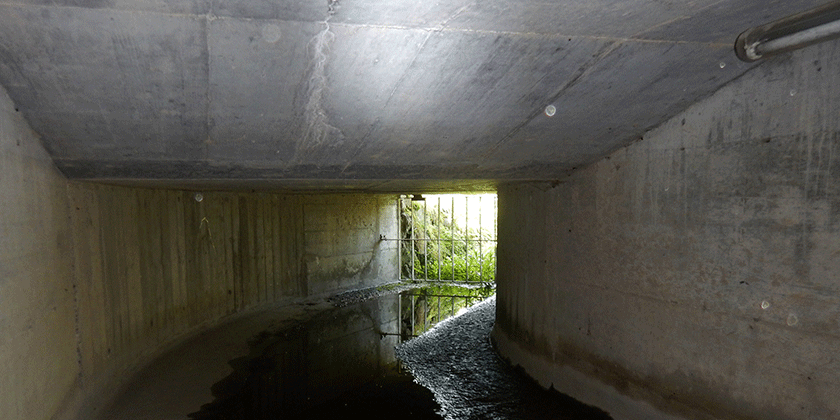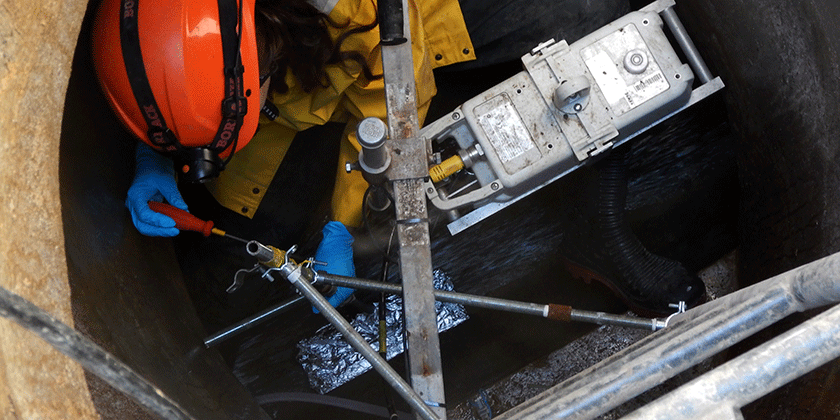Wet-weather discharges contribute to anthropogenic micropollutant loads entering the aquatic environment. Thousands of wet-weather discharges exist in Swiss sewer systems, and we do not have the capacity to monitor them all. We consequently propose a model-based approach designed to identify critical discharge points in order to support effective monitoring.
We applied a dynamic substance flow model to four substances representing different entry routes: indoor (Triclosan, Mecoprop, Copper) as well as rainfall-mobilized (Glyphosate, Mecoprop, Copper) inputs. The accumulation on different urban land-use surfaces in dry weather and subsequent substance-specific wash-off is taken into account. For evaluation, we use a conservative screening approach to detect critical discharge points. This approach considers only local dilution generated onsite from natural, unpolluted areas, i.e. excluding upstream dilution.
Despite our conservative assumptions, we find that the environmental quality standards for Glyphosate and Mecoprop are not exceeded during any 10-min time interval over a representative one-year simulation period for all 2500 Swiss municipalities. In contrast, the environmental quality standard is exceeded during at least 20% of the discharge time at 83% of all modelled discharge points for Copper and at 71% for Triclosan. For Copper, this corresponds to a total median duration of approximately 19 days per year. For Triclosan, discharged only via combined sewer overflows, this means a median duration of approximately 10 days per year. In general, stormwater outlets contribute more to the calculated effect than combined sewer overflows for rainfall-mobilized substances. We further evaluate the Urban Index (Aurban,impervious/Anatural) as a proxy for critical discharge points: catchments where Triclosan and Copper exceed the corresponding environmental quality standard often have an Urban Index >0.03.
A dynamic substance flow analysis allows us to identify the most critical discharge points to be prioritized for more detailed analyses and monitoring. This forms a basis for the efficient mitigation of pollution.




